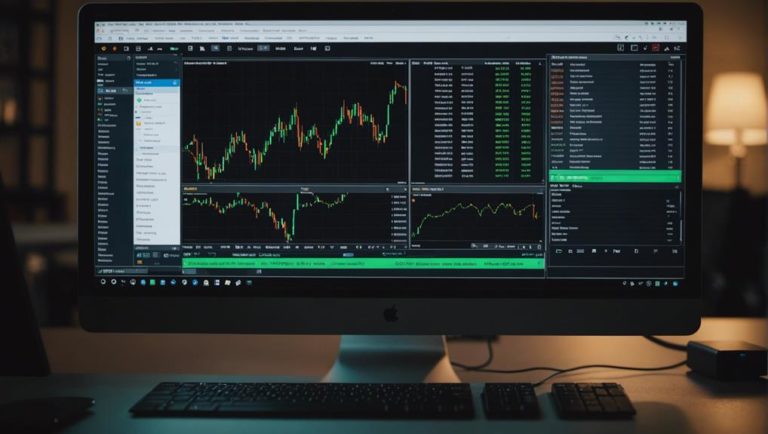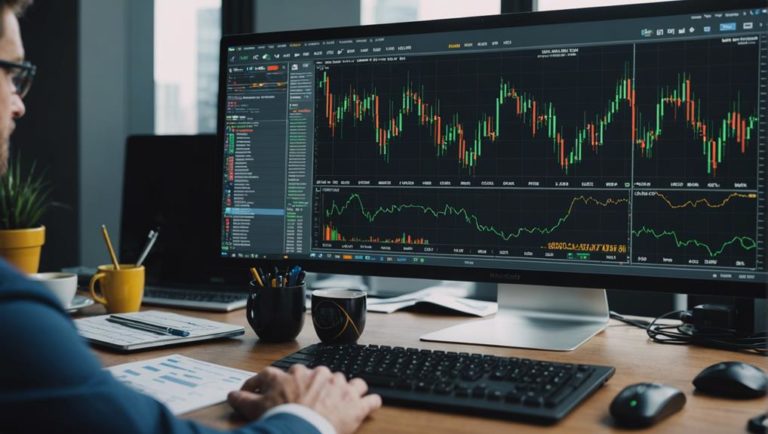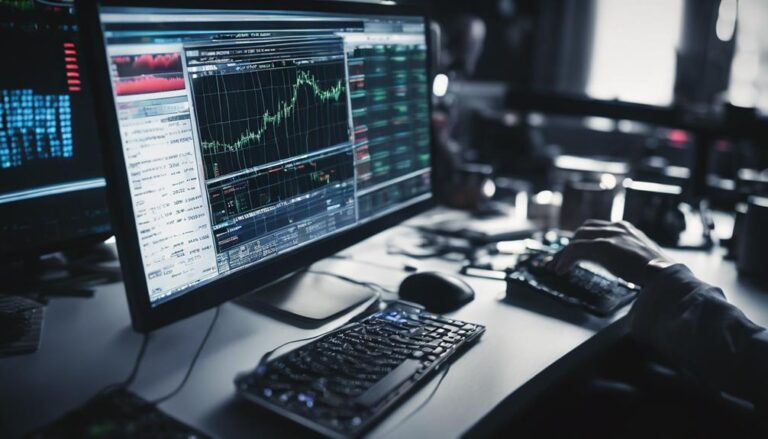Traders who use automatic systems in MT5 know how important it is to manage risks to protect their money. They can do this by setting stop-loss orders and using different strategies.
Automated trading can be tricky, so it's crucial to be careful with risk control. Just knowing that risk management is essential might not be enough in the quick-moving financial markets.
Risk Assessment

When looking at the risks of automated trading in MT5, traders need to carefully study the potential weaknesses and dangers in their trading strategies. A crucial part of this analysis is using numbers to assess different risk factors. By using tools and metrics to crunch the numbers, traders can better understand the risks involved in their automated trading. This analysis helps traders pinpoint areas of concern and come up with specific plans to reduce those risks.
Using numbers is very important for figuring out how likely losses are and how much damage bad market movements can do. By putting numbers to their risks, traders can make smarter choices and put in place effective ways to manage those risks. This might mean setting limits on how much risk they're willing to take, putting caps on how much they invest, or spreading out their trading strategies to lessen overall risk.
Stop-Loss Strategies
In automated trading on MT5, it's important to have good ways to manage risks. Using stop-loss strategies is a key part of this. Traders can use trailing stops to protect their profits and adjust stop-loss levels automatically if the market changes. It's also smart to set clear profit goals to lock in gains and avoid making risky decisions out of greed.
Adjusting stop-loss levels based on market volatility is crucial. In more volatile conditions, wider stop-loss levels may be needed to prevent exiting trades too soon. Analyzing trends can help determine the best stop-loss levels by looking at key support and resistance areas.
Position Sizing
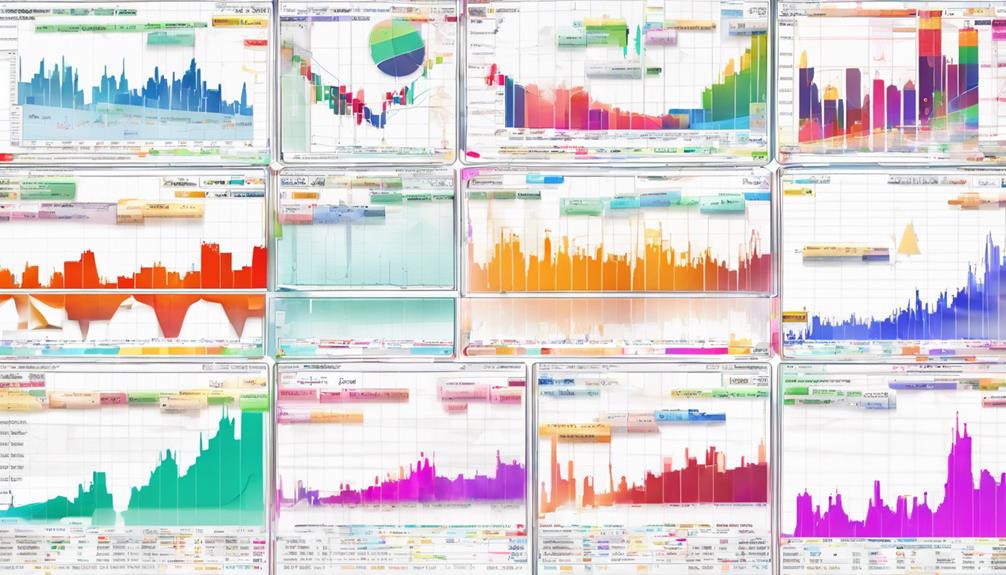
Position sizing is super important when you're trading on MT5. It's all about deciding how much money to put into each trade to manage your risk. You need to think about things like how much money you have in your account, how much risk you're comfortable with, and the strategy you're using.
By figuring out the right position size for each trade, you can balance the risks and rewards. This is a key part of keeping your trading safe and profitable. It's important to think about how each trade could affect your account balance and adjust your position sizes accordingly.
It's a good idea to allocate a certain percentage of your trading account to each trade. This helps protect you from big losses. Having a consistent way to size your positions for all your trades can help you stay disciplined and organized in your trading.
Leverage Management
Using leverage effectively is important in MT5 to control risks and improve trading results. Leverage can increase both profits and losses, so it's crucial to think about how much risk you're comfortable with and how much margin you need. By using leverage wisely, you can make the most of your trades while reducing potential risks.
One important part of managing leverage is understanding how it relates to margin and risk. It's important to know your risk tolerance and choose the right amount of leverage to avoid taking on too much risk. This means you need to have enough money in your account to cover any potential losses.
It's also a good idea to regularly check your leverage ratios to make sure you're staying within your risk limits. By adjusting your leverage based on market conditions and your own risk level, you can adapt to changes and protect your money. Managing leverage well not only helps you avoid excessive risks but also supports your long-term success in automated trading on MT5.
Diversification Tactics
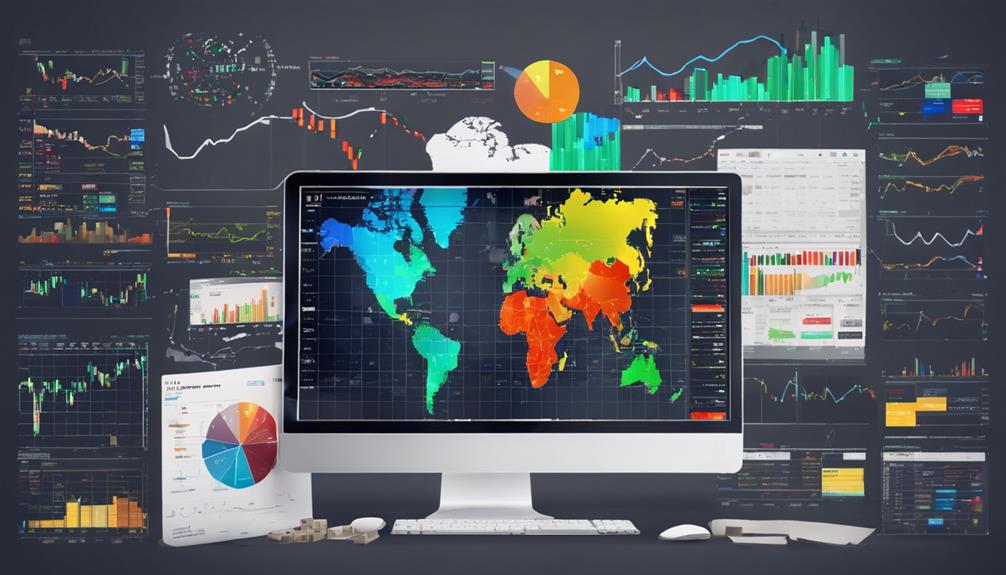
Using a smart way to diversify can help reduce risk and improve trading results in MT5. Diversification means spreading your investments across different things to lower overall risk. By investing in various markets or industries, you can protect yourself from unexpected events that might hurt one type of asset. It also helps to reduce the chances of big losses happening all at once by not having all your trades connected.
The main goal of diversification is to lower risk. By creating a plan that spreads your assets based on how much risk you can handle and what the market is like, you can make your trading more stable. It's also important to control your emotions when diversifying, as making decisions based on feelings can mess up your plan. Stick to your diversification plan even when the market is rough to see the benefits of a well-diversified portfolio. By following these ideas, you can handle market ups and downs better and feel more confident.
